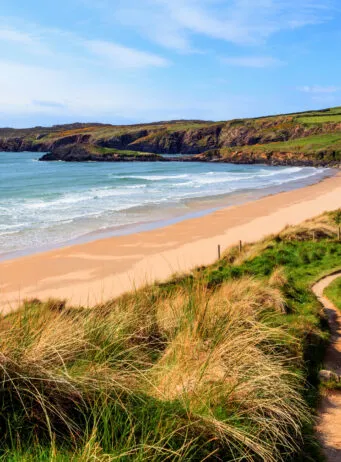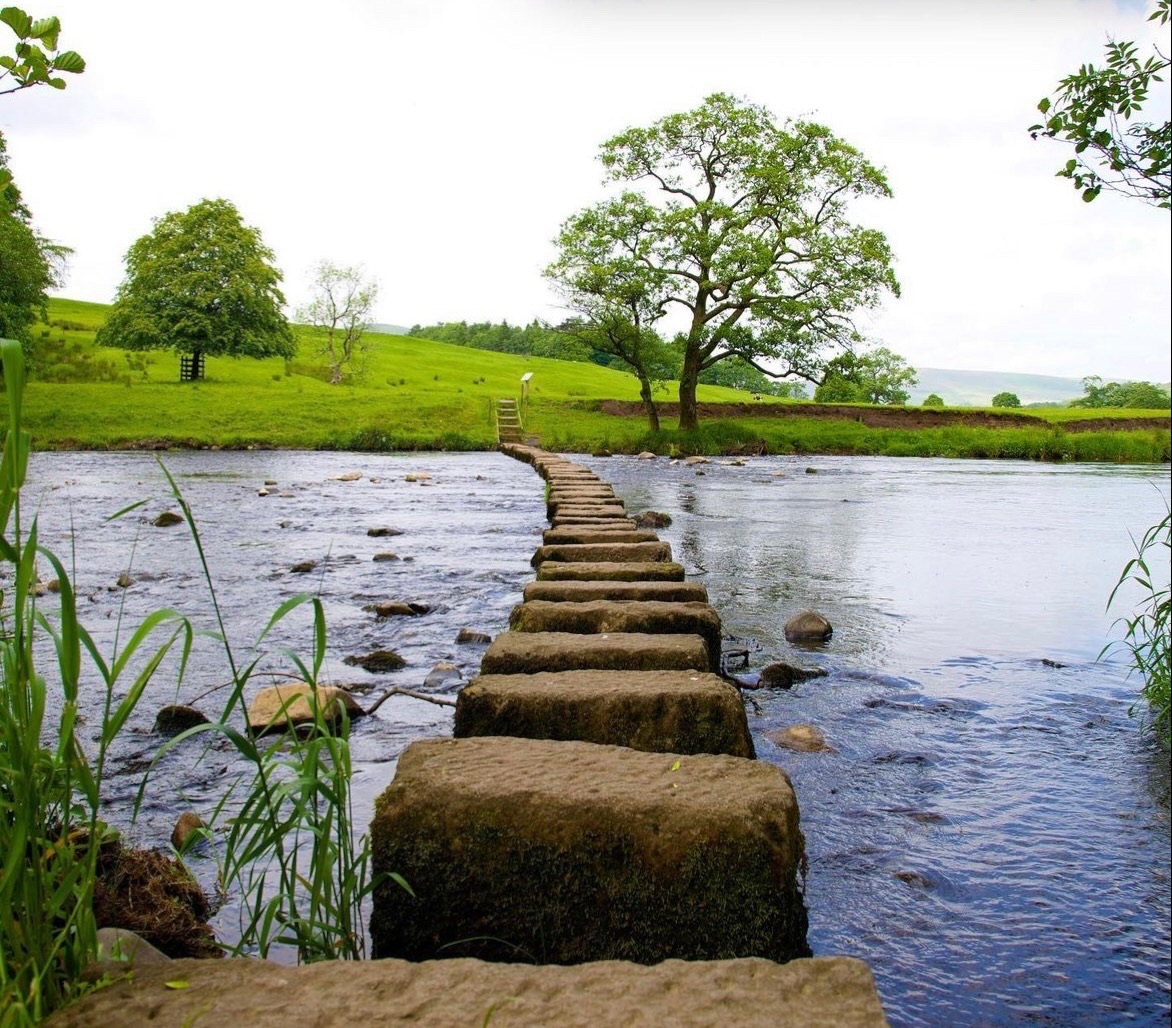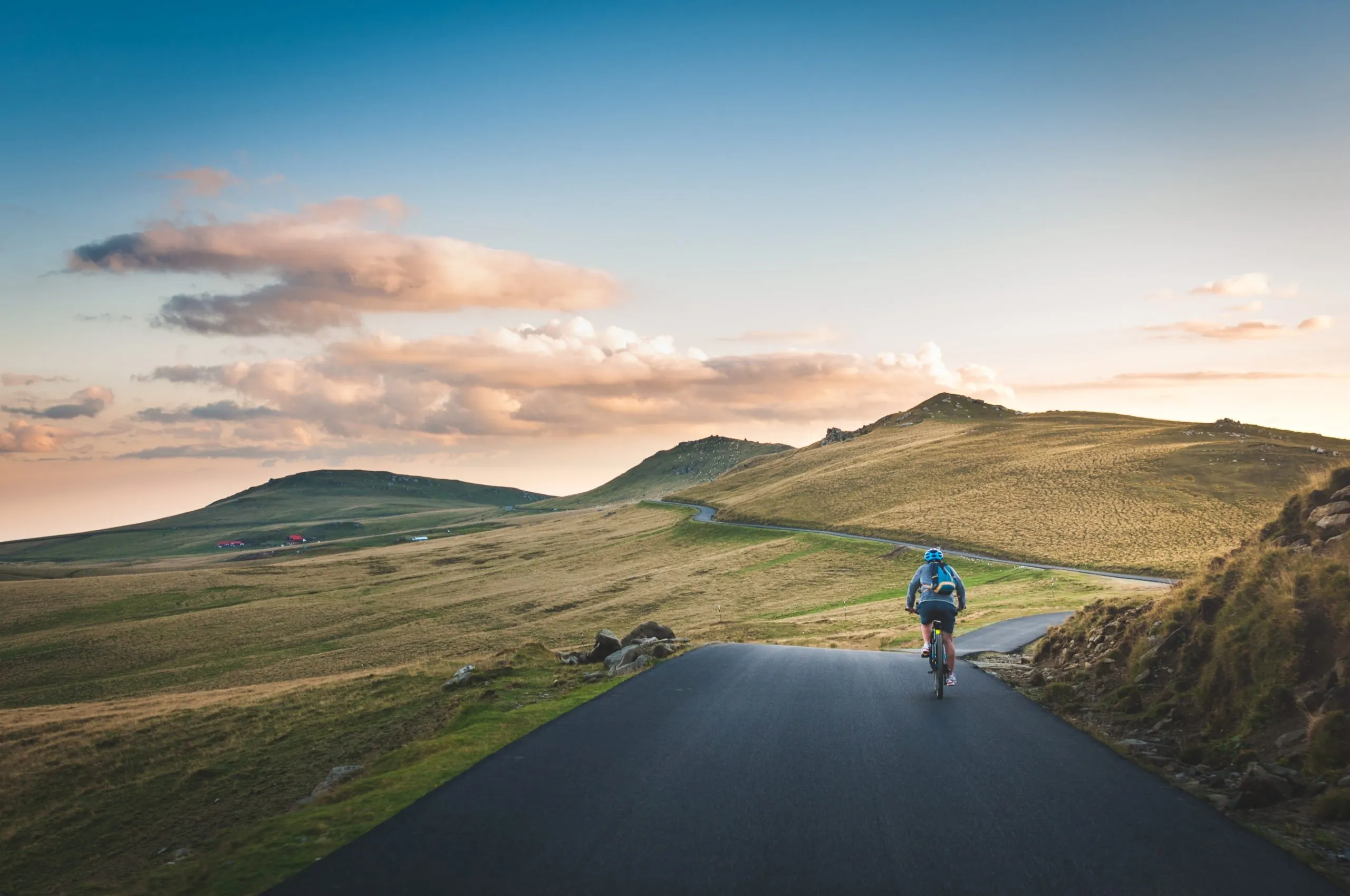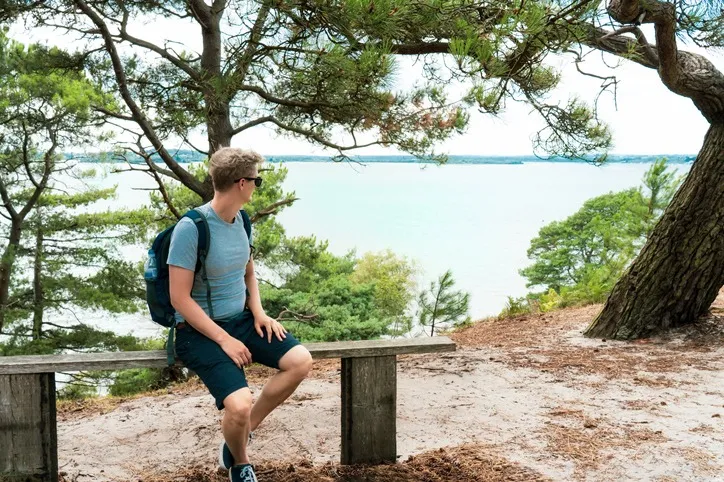Best Places for Deer Spotting
Countryside | Family | Outdoor Activities | Pub | Pub Accommodation | Walking | Posted 2024.02.27
In this blog we’ll direct you to some of the best deer spotting locations across the UK. Deer spotting isn’t limited to wildlife enthusiasts; it’s an enjoyable activity for everyone, whether you enjoy a scenic walk in the countryside or are a family seeking a day’s activity. This fun activity combines the thrill of spotting deer with the serenity of the great outdoors.
Our selected spots not only provide opportunities for deer encounters but also offer nearby cosy retreats where you can unwind after a day of exploration. A pub serves as an ideal haven regardless of the season. In winter, relish a hearty meal by the fire. In summer, enjoy a refreshing pint in the beer garden before retiring to the delightful bedrooms. No matter the weather or season, choose a pub as your retreat after a day of deer spotting.
Best Places for Deer Spotting
Richmond Park, London
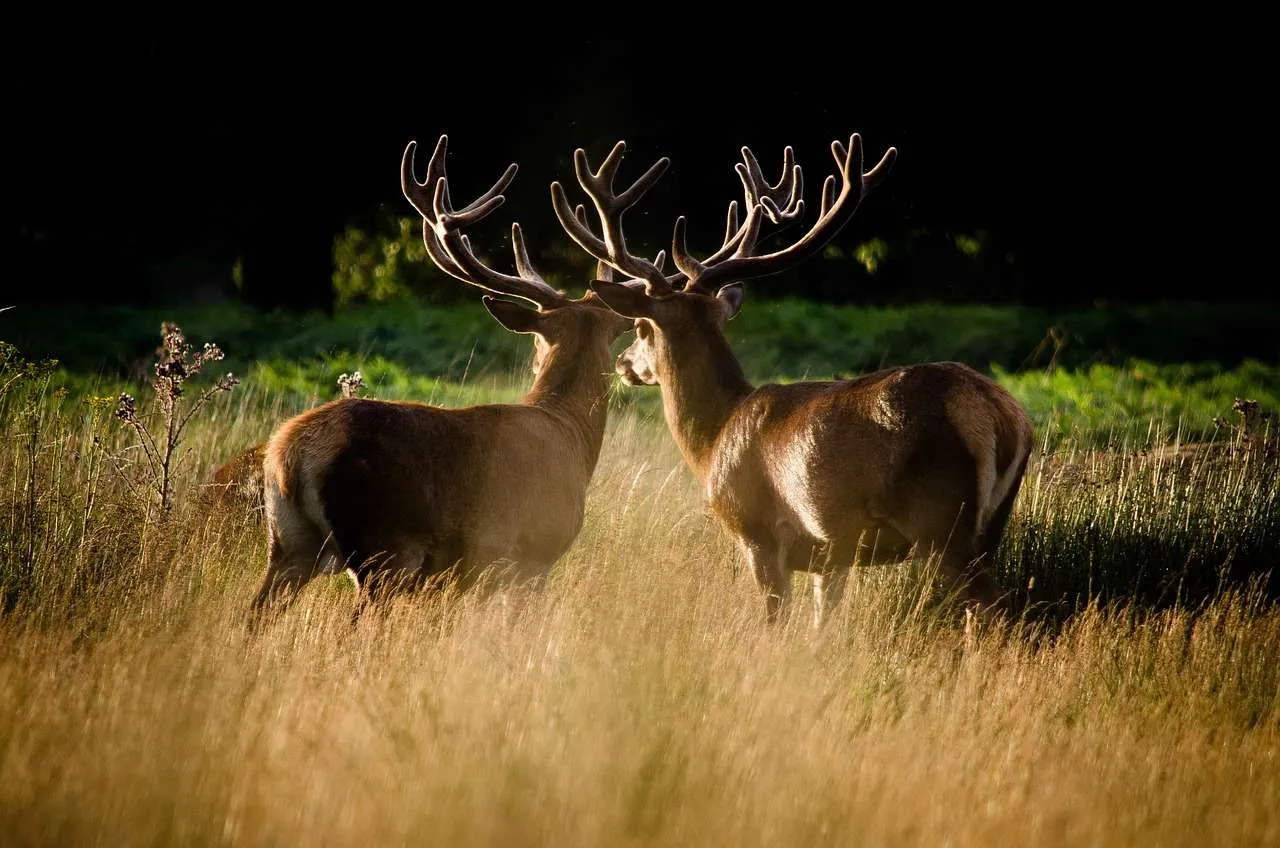 You would think being in London the chance of you seeing deer would be limited, well think again. Richmond Park, with its rich history and expansive landscape, owes much of its character to the presence of red and fallow deer herds. These herds, shaped by centuries of grazing, play a crucial role in maintaining the park’s unique environment.
You would think being in London the chance of you seeing deer would be limited, well think again. Richmond Park, with its rich history and expansive landscape, owes much of its character to the presence of red and fallow deer herds. These herds, shaped by centuries of grazing, play a crucial role in maintaining the park’s unique environment.
The Red deer at Richmond Park, sport glossy red coats in the summer. Whilst the fallow deer, smaller in size, exhibit spotted summer coats ranging from cream to dark brown. All the male deer grow antlers in the spring, and usually shed them at the end of winter.
Without the deer, the sweeping views seen today at Richmond Park would not be possible, as their grazing prevents the growth of tree seedlings, maintaining the grassland’s openness. Visitors may also notice a distinct ‘browse line’ on parkland trees, a result of deer feeding on leaves and twigs below 6ft.
The Orange Tree
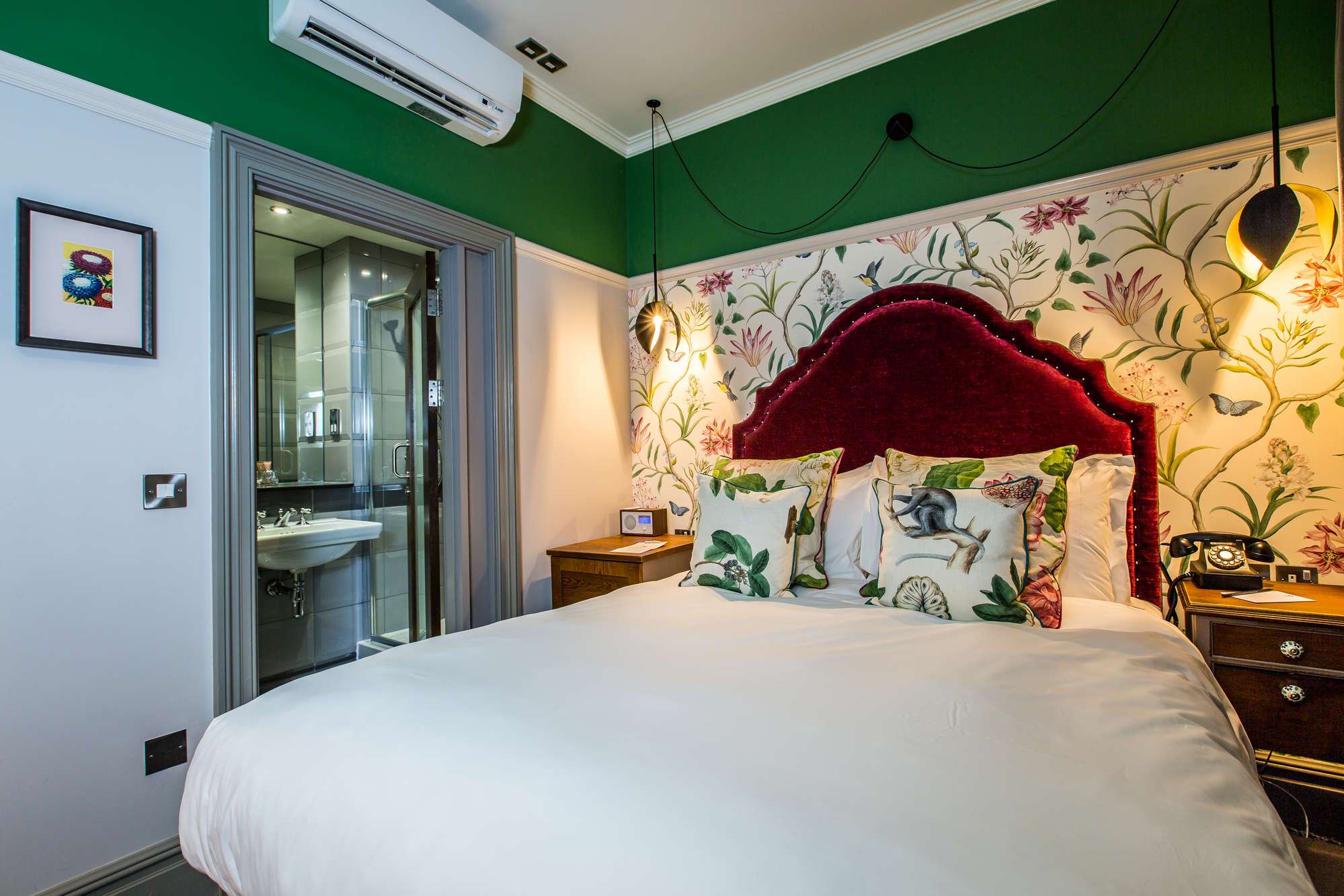
Located at the heart of Richmond, The Orange Tree is a pub that stands as a delightful London retreat. Standing directly opposite the local train and tube stations, makes it easily accessible for those arriving in Richmond.
Beyond being a popular watering hole, The Orange Tree offers 13 delightful en-suite bedrooms, catering to a diverse range of guests. Business travellers can find a comfortable retreat, while families and those traveling with their canine companions have excellent options for a stay that suits their needs.
Find out more and book The Orange Tree
Knepp Estate, West Sussex
Knepp Estate is a 3,500-acre rewilding project that has shifted from intensive farming to a hub for biodiversity and regenerative farming practices. Over the past twenty years, Knepp has become a thriving ecosystem, home to various species, including fallow deer, old English longhorn cattle, Tamworth pigs, and Exmoor ponies.
The 1,000-acre deer park surrounding Old Knepp Castle has a history dating back to the 13th century, when King John used it to hunt deer. By the 15th century deer parks across the UK began to fall into disrepair and the deer at Knepp were released into the open countryside. Now Knepp offers a chance to observe fallow, roe and red deer in their natural habitat.
The Crown Inn
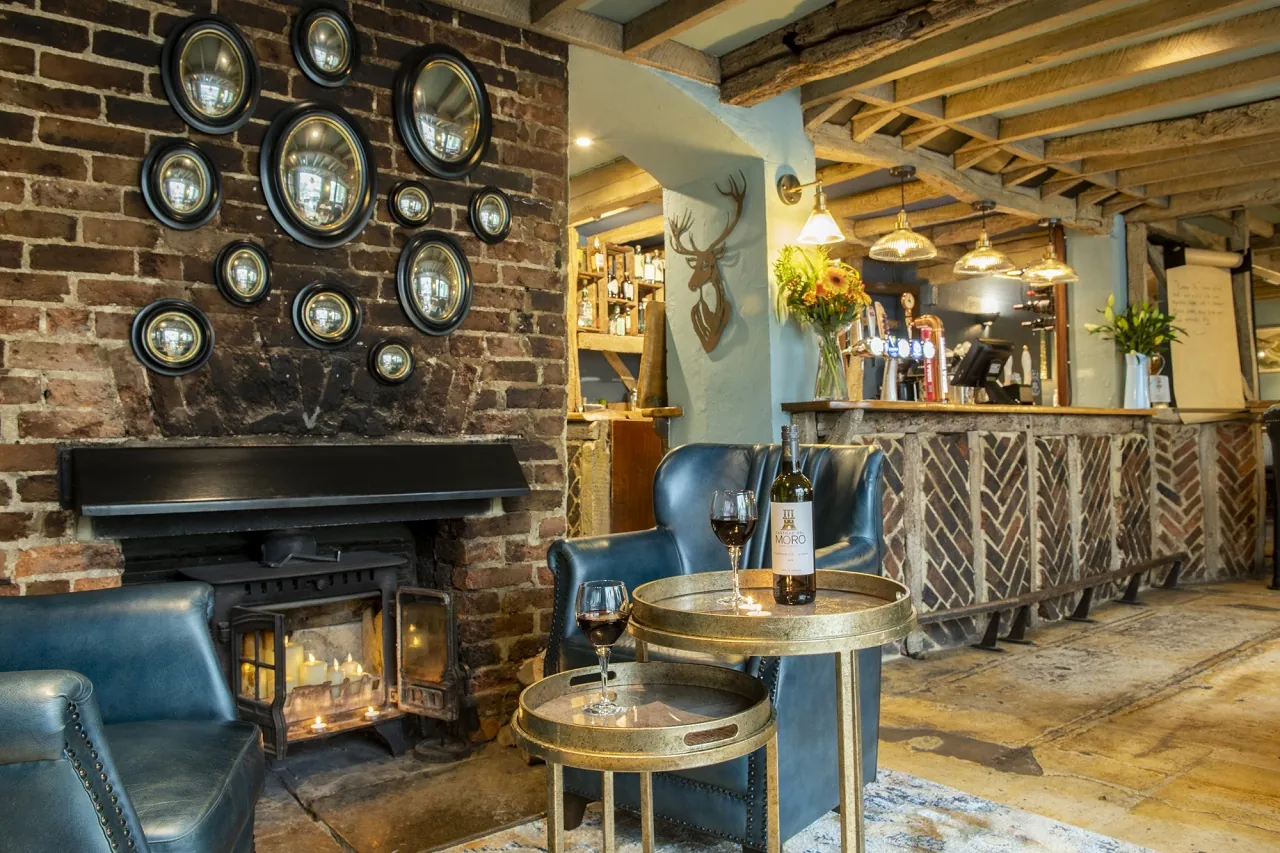
The Crown Inn is a delightful pub known for its delectable pub classics and seasonal specials. Situated above the pub are four en-suite bedrooms and nearby are two self-catering cottages, catering to both family and dog-friendly stays. Outside, you’ll find a beer garden and a patio with a view of the village green, providing a sunny setting to savour a refreshing pint.
Find out more and book the Crown Inn
Woburn, Bedfordshire
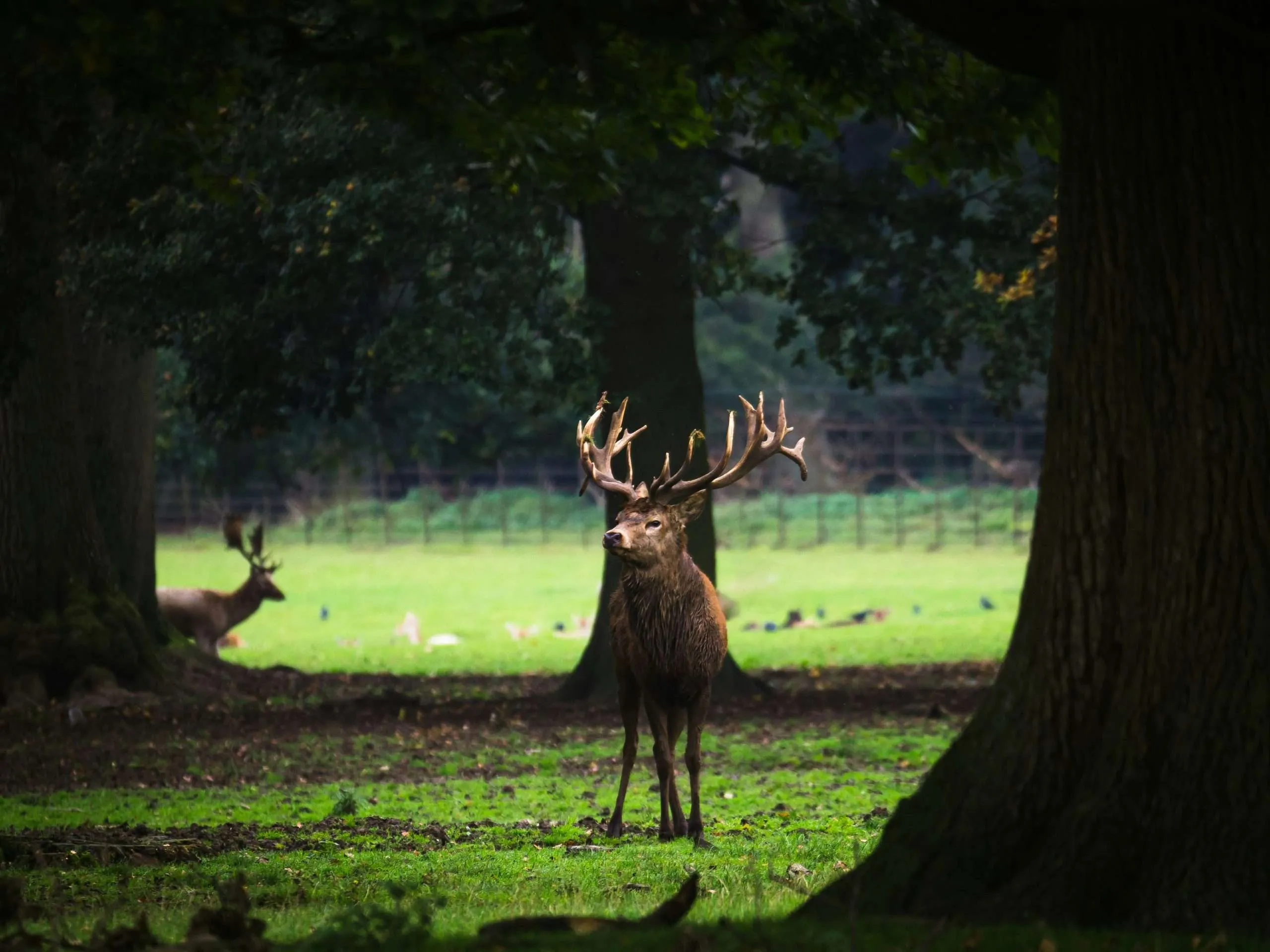
Woburn, spanning 3,000 acres, stands as one of the largest private conservation parks in Europe, home to nine distinct deer species. Open to the public from April to October, Woburn offer’s visitors a unique opportunity to observe these diverse deer populations. The Woburn Deer Farm, initiated in 1993, embodies a long-term commitment to optimizing the genetic potential of Woburn Red Deer.
Woburn’s history with deer dates back to 1661 when the concept of the Deer Park was introduced by the Normans. Detailed records of Red and Fallow Deer began in 1802 under the 6th Duke, with an inventory revealing 1,200 Fallow Deer and 45 Red Deer. Over the years, various subspecies of Sika Deer have graced the park, and today, the Manchurian Sika stands as a testament to the park’s rich zoological diversity.
One of the park’s treasures is the Pére David Deer, the only breeding herd worldwide after the species went extinct in its native China in the early 20th century.
The Dukes
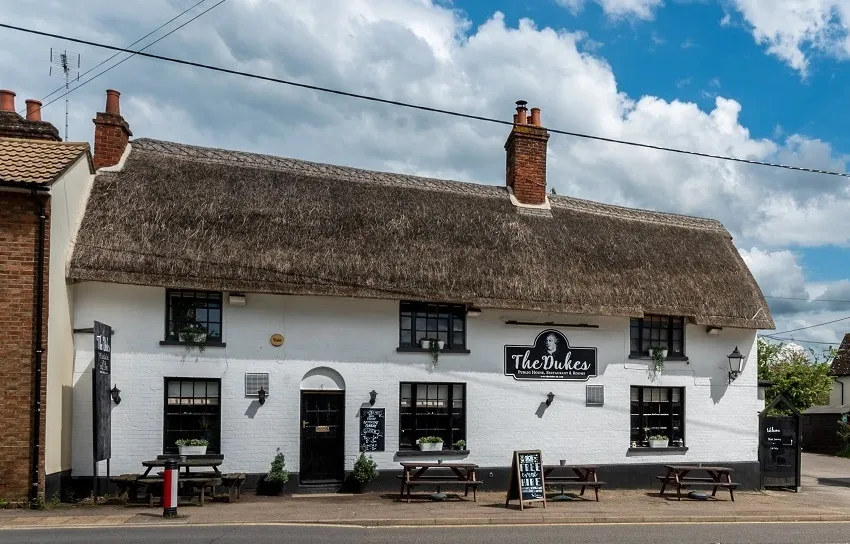
Nestled in the quaint village of Heath & Reach, The Dukes stands as a cosy pub retreat. Featuring four double en-suite bedrooms and two family-friendly cottages, this establishment seamlessly blends historical charm with modern comfort, offering a warm welcome to both solo travellers and families alike. Indulge in the Sunday roast and opt for the “Sunday Lunch and Stay” package. For more details call to the pub or a visit the pub’s website for more details on the “Sunday Lunch and Stay” package.
Find out more and book The Dukes
Bolderwood Deer Sanctuary, Lyndhurst
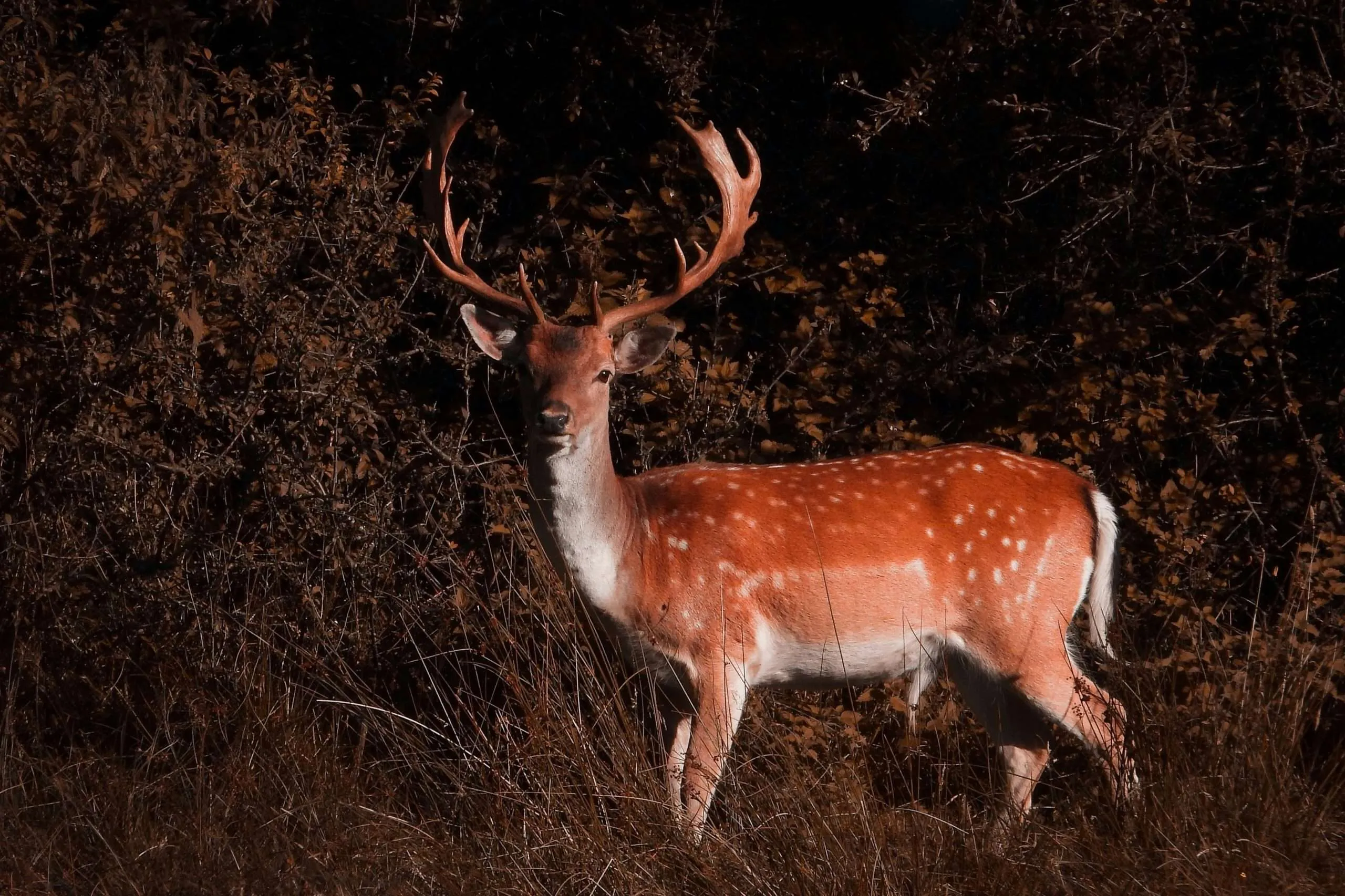
Bolderwood Deer Sanctuary, nestled in the heart of the New Forest, offers a unique opportunity for deer spotting, particularly of the fallow deer species. From April to September, the Forestry Commission entices large numbers of fallow deer to the sanctuary by providing daily feed. It’s not uncommon to witness over fifty deer eagerly awaiting their meal.
The deer sanctuary boasts a specially constructed viewing platform, strategically positioned to overlook a vast meadow where the fallow deer frequently gather. This platform provides ideal opportunities for visitors to observe, photograph, and appreciate these majestic animals in their natural habitat.
The Bell Inn
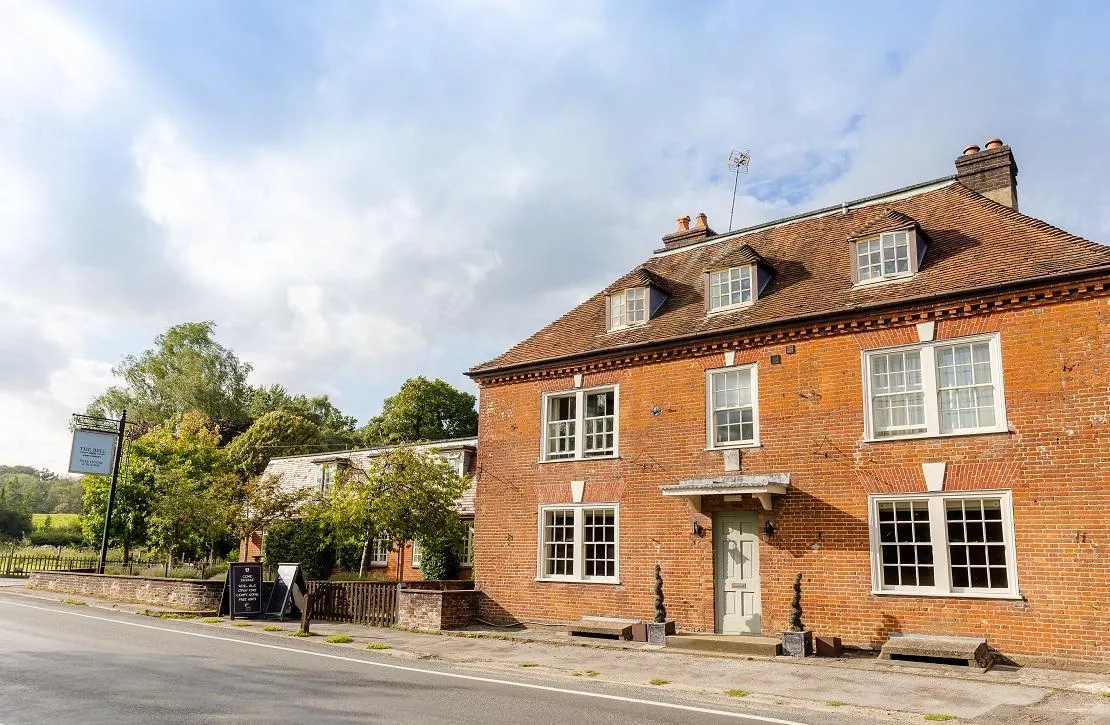
Nestled in the heart of the New Forest, The Bell stands as a welcoming pub, offering a cosy retreat. Stepping inside The Bell, visitors are greeted with an abundance of charm – from flagstone floors and inglenook fireplaces to cosy corners and oak-panelled walls. The bedrooms include options ranging from cosy and classic doubles to deluxe doubles and twins, as well as superior rooms. The inn also provides many dog and family-friendly bedrooms, ensuring a comfortable stay for all the family.
Find out more and book The Bell Inn
Grimsthorpe Castle Park & Gardens, Lincolnshire
Grimsthorpe Castle Park & Gardens, spanning nearly 3,000 acres, once housed two enclosed deer parks within its boundaries. Today, these deer parks have given way to the deer, which roam freely across the entire estate. The park is open to the public from April to September. Red, Fallow, and Muntjac Deer can all be seen at Grimsthorpe Castle Park & Gardens.
The diverse wildlife at Grimsthorpe extends beyond deer. Birdwatchers can delight in the presence of Buzzards, Kites, Swans, Geese, and various ducks. On sunny days, the park comes alive with the fluttering of Dragonflies, Damselflies, Butterflies, and Beetles.
The Houblon Arms
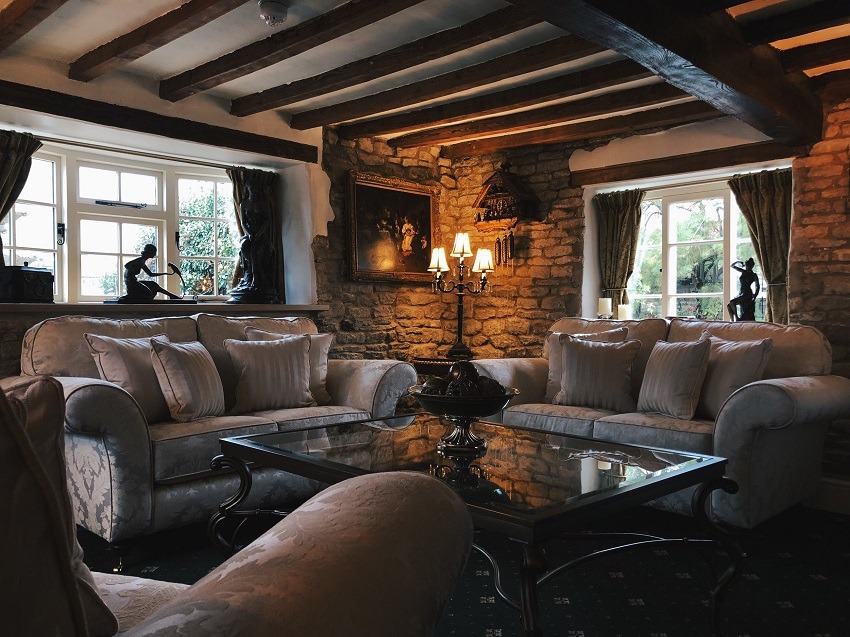
Nestled in the village of Oasby, The Houblon Arms stands as a delightful stone-built coaching house, exuding charm and history. Dating back to around 1650, this pub has retained its authenticity, offering a genuine English hostelry experience. With real fires, cosy seating, stripped stone walls, and rustic beams, there is a cosy and inviting atmosphere that resonates with the charm of its 17th-century origins.
Find out more and book The Houblon Arms
Beercraigs Country Park, West Lothian
Nestled on the northern slopes of the Bathgate Hills near Linlithgow, Beecraigs Country Park stands as a favourite among several country parks between Glasgow and Edinburgh. Spanning 370 hectares, the park offers a myriad of activities. Beecraigs Country Park boasts the scenic Beecraigs Loch and the captivating Animal Attraction corner, featuring red deer, Highland Cows, and various other animals. Additionally, visitors can immerse themselves in the extensive woodlands on the south and west sides, providing a peaceful retreat for those seeking solace in nature.
One of the highlights of Beecraigs is the red deer herd, established in 1977. The herd can be observed from the viewing platform and along the Sutherland Way walkway. The autumn rut offers a particularly spectacular opportunity to witness the impressive red deer stags roaring. Calves are born from April onwards, and sightings of the young calves provide a delightful experience for visitors.
Guided walks are available throughout the year, allowing visitors to learn more about the red deer herd and the natural beauty of Beecraigs.
West Port Hotel
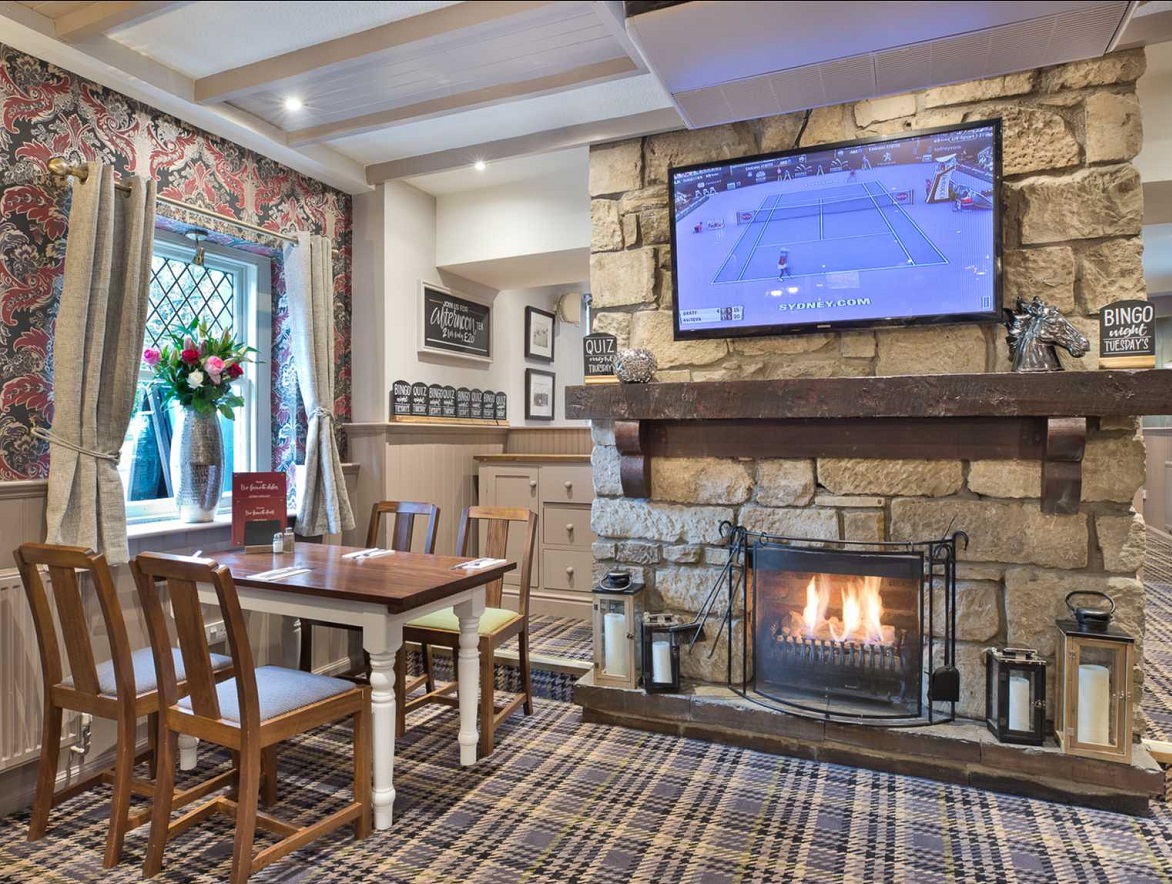
The West Port Hotel, located in the town of Linlithgow, offers nine comfortable bedrooms. Situated in the north-east of West Lothian, just 20 miles west of Edinburgh, the hotel provides a convenient and comfortable base for travellers. Guests at The West Port Hotel can indulge in a hearty Scottish breakfast to start their day.
Find out more and book The West Port Hotel
Lyme Park, Cheshire
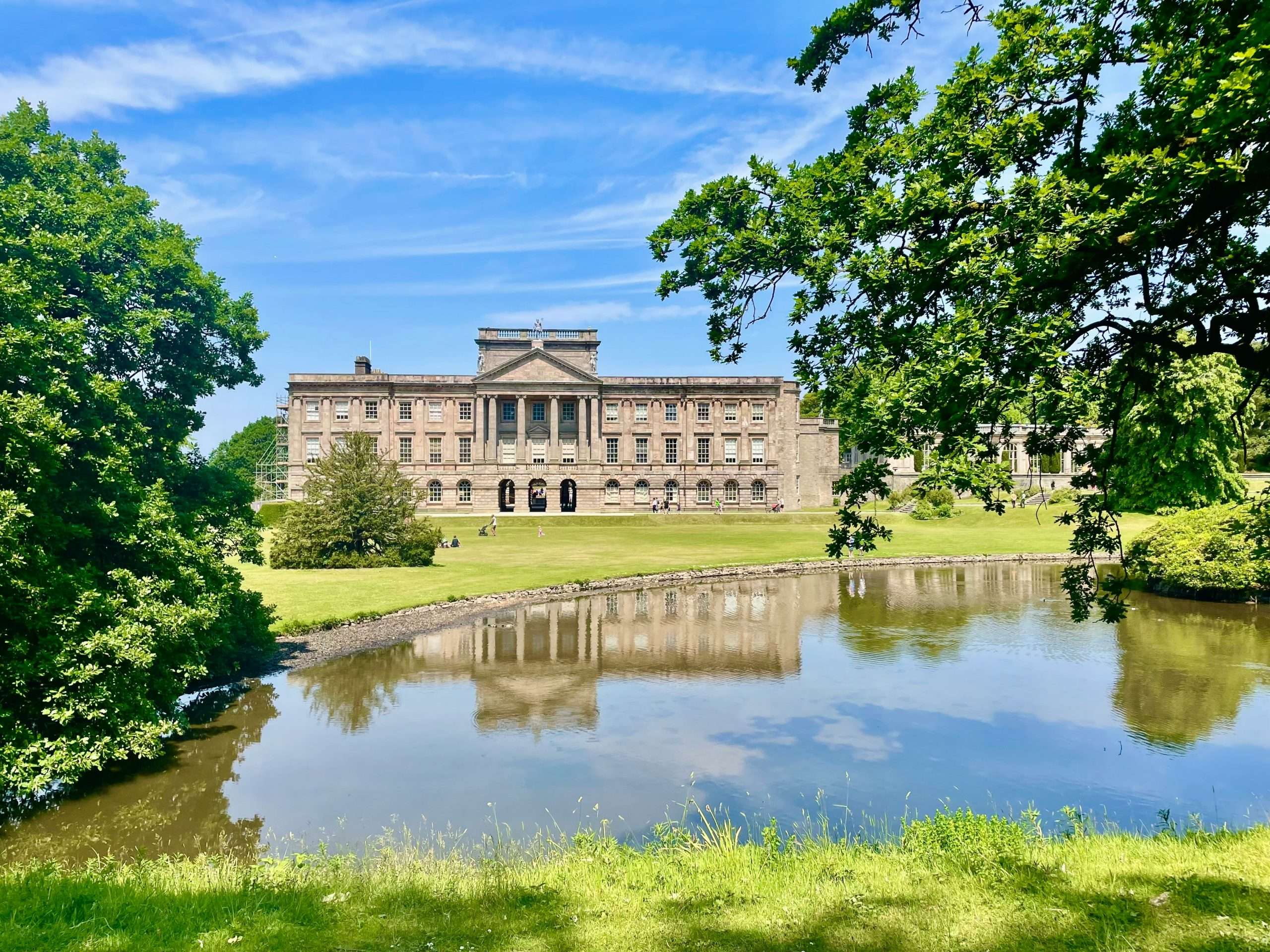
Lyme Park, a National Trust estate, encompasses a diverse landscape, of moorland, woodland, and parkland. The park features a 17-acre garden with original Jacobean and Tudor elements, surrounded by a medieval deer park that has been a part of Lyme’s history for over 600 years.
The deer park is home to herds of red and fallow deer, adding to the estate’s natural allure. During the rutting season in October, visitors have the unique opportunity to witness the stags showcasing their dominance, a captivating display of nature’s power and grace. Alternatively, those who visit in June can enjoy the arrival of baby deer.
Governors House
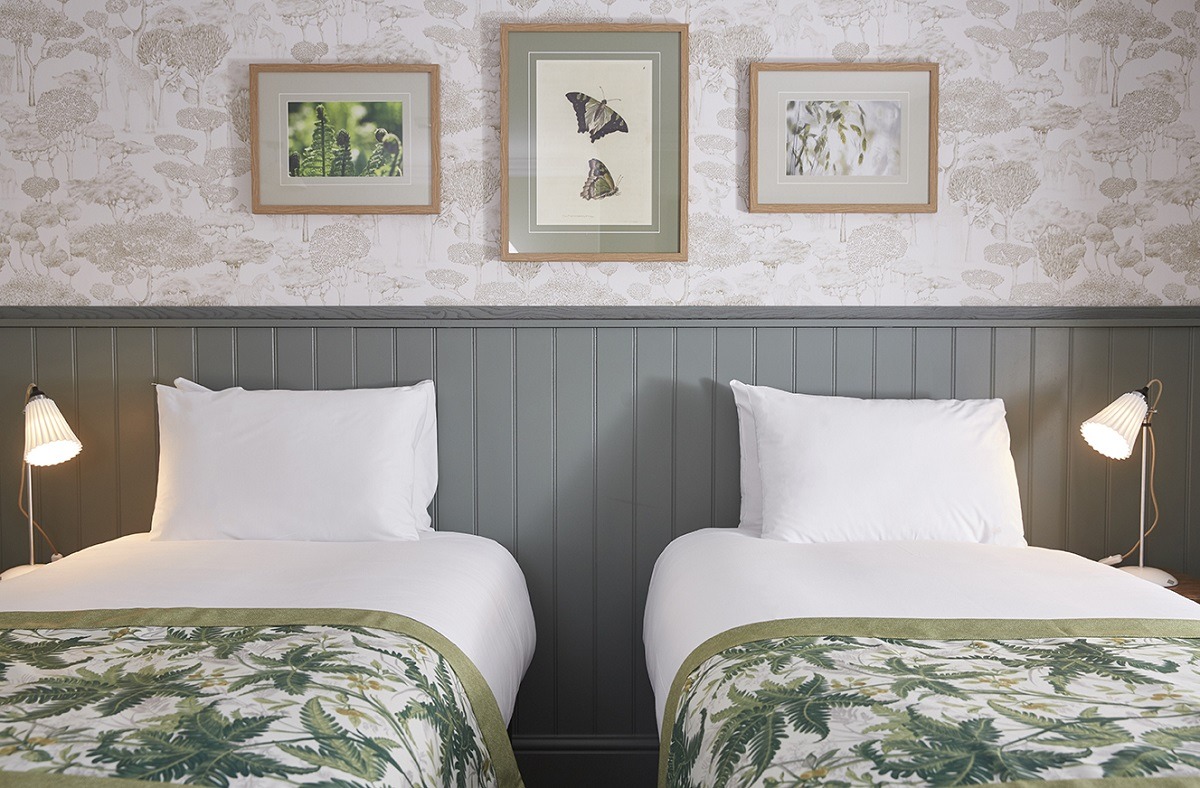
Governors House, situated in the town of Cheadle Hulme, offers a welcoming retreat and serves as an ideal base for exploring the nearby Lyme Park. The inn features ten inviting bedrooms, providing for various guests. Governors House combines the tranquillity of its Cheshire setting with the convenience of easy access to urban centres, offering guests the best of both worlds.
Find out more and book The Governors House
Lodge Park & Sherborne Estate, Gloucestershire
Nestled within the picturesque Cotswold countryside, Lodge Park & Sherborne Estate offers a unique opportunity for deer spotting against the backdrop of a country estate. The estate features a deer course, a 17th-century grandstand, and is surrounded by expansive water meadows and parklands.
The presence of deer on this estate trace back to the 17th century when John ‘Crump’ Dutton took charge in 1618. In 1655, a warrant signed by Oliver Cromwell granted the authority to introduce bucks and roes from Wychwood Forest into the estate.
The Wheatsheaf Inn
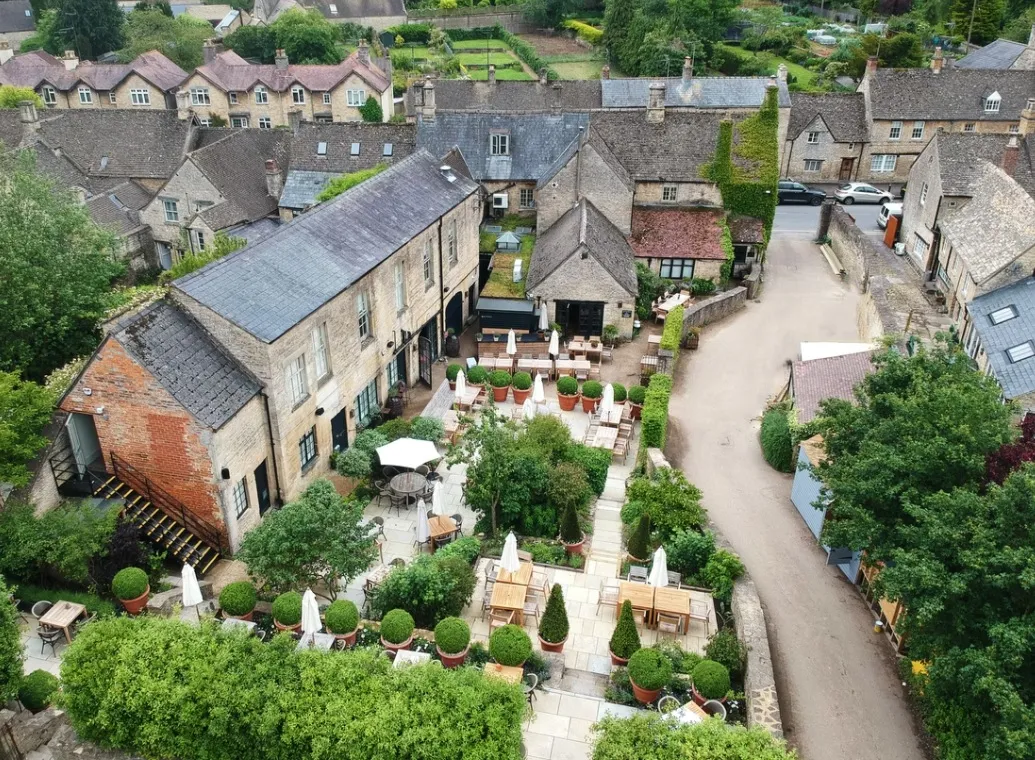
The Wheatsheaf, a charming 17th-century coaching inn nestled in the heart of the Cotswold town of Northleach, offers a classic country pub experience. The pub has 14 bespoke bedrooms, some of which are dog-friendly. In the winter months, the pub invites you to cosy up by the crackling log fires. When the sun comes out, the beautiful gardens offer a great place to enjoy al fresco drinks.
Find out more and book The Wheatsheaf
Here is the National Trust’s guide and tips for spotting deer and photographing them, as well as everything you need to know about the some of the deer species at the places we care for.
Written by Issy Matthews

